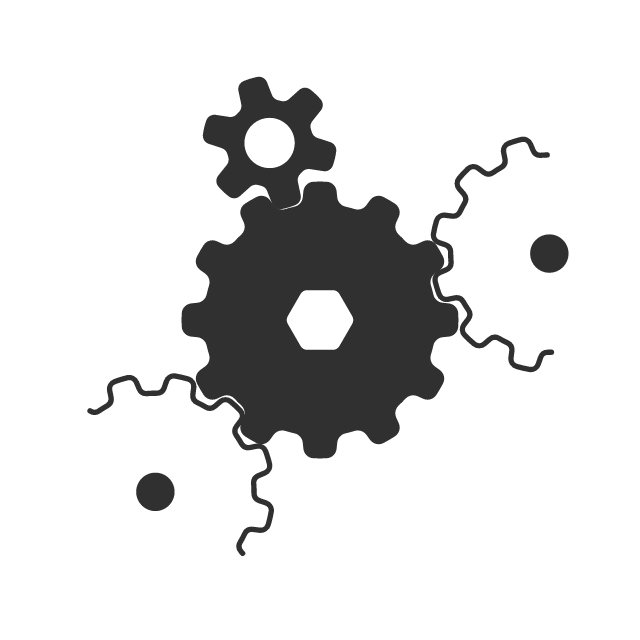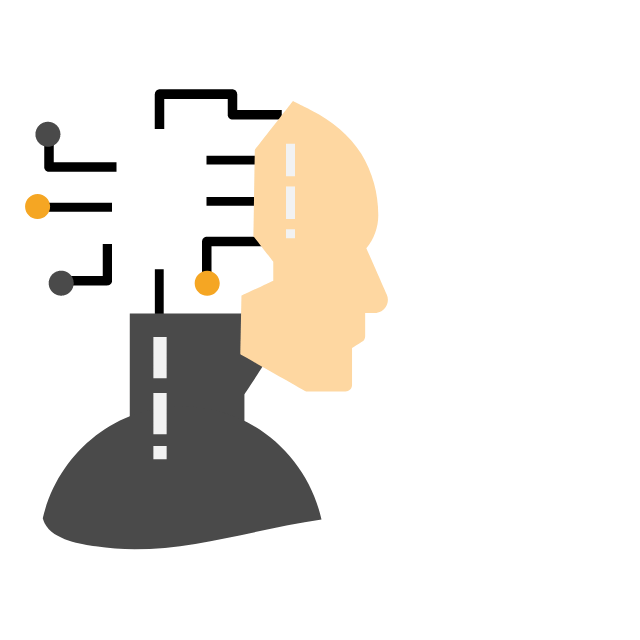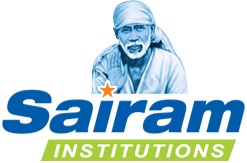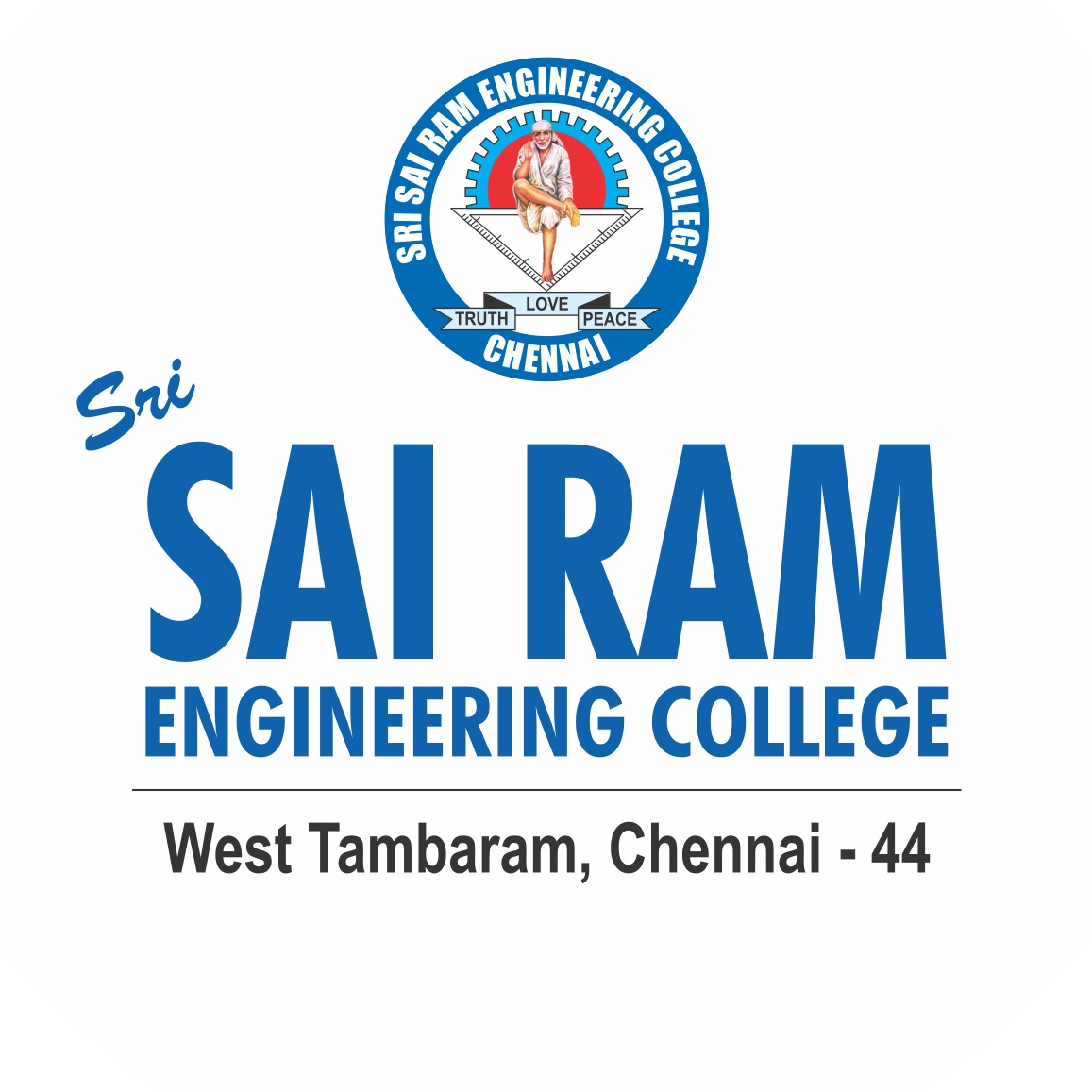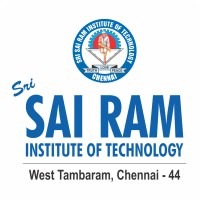About Us
Sometimes the journey teaches lot about your destination.
Ad Astra Is a Student-Run, Multidisciplinary Team Driven to Design and Build the Next Generation of Mars Rovers to Explore the Red Planet's Habitability. Students from various disciplines and technical clubs from our institution were shortlisted and handpicked based on their interest and skillset. Thus, our team comprises of 56 space enthusiasts with inquisitive minds who want to learn and work with extraterrestrial robotics in preparation for upcoming human exploration of Mars. We connect with the public digitally via our social media handles and our institution’s landing pages.
VISION
Our vision is to inspire and cultivate the next generation of space explorers and scientists by creating a comprehensive and accessible program for students to engage in cutting-edge research and development in the field of space technology. We aim to foster a community of lifelong learners and innovators who will shape the future of space exploration.
MISSION
The mission of the student rover team is to design, build, and operate a rover capable of exploring and conducting scientific experiments on other planets, while inspiring and educating future generations of scientists, engineers, and space enthusiasts.

.png)
